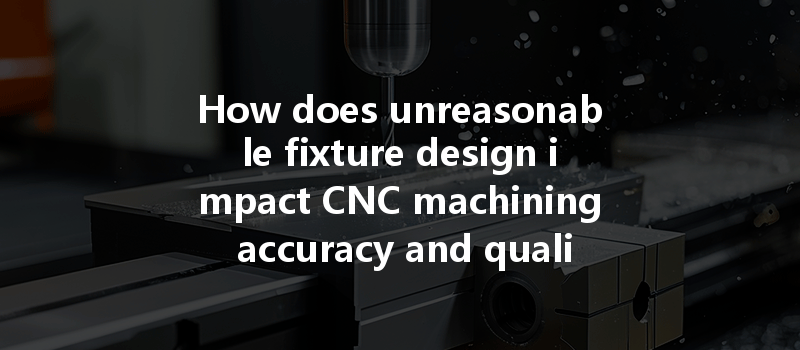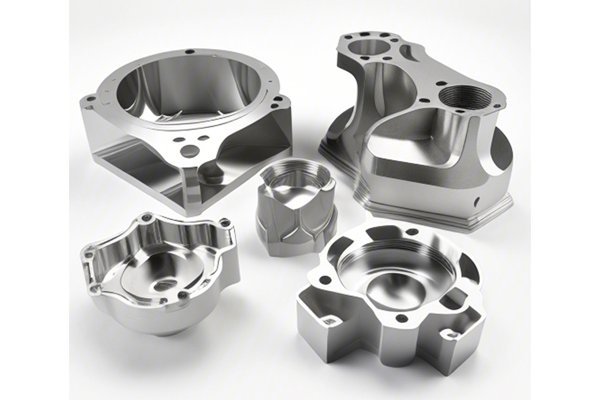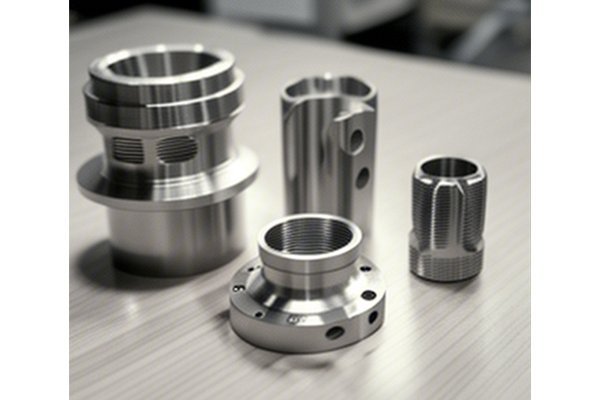—
Opening: An Engaging Start
Did you know that up to 90% of defects in precision machined parts can be traced back to inadequate or unreasonable fixture design? This staggering statistic highlights the crucial role that fixtures play in the CNC machining process. To the uninitiated, fixtures may seem like mere accessories, but they are, in fact, the backbone of any CNC machining operation. The performance, accuracy, and overall quality of the final product hinge on well-designed fixtures. How much more could you achieve if you understood the impact of fixture design on CNC machining?
—
Understanding CNC Machining and Fixtures
CNC (Computer Numerical Control) machining is a highly advanced manufacturing technique that enables precise cutting, shaping, and finishing of materials using pre-programmed computer software. CNC machines operate through a variety of tools that remove material from a workpiece. However, the intricate and often delicate process relies heavily on fixtures – specialized devices used to hold, support, and locate the workpiece accurately during machining operations.
In essence, a fixture serves to secure the part in the right position, maintain consistent orientation, and absorb machining forces. Fixtures can be custom-engineered to accommodate specific components or can be universal systems designed for varying applications.
The Role of Fixture Design in CNC Machining
The role of fixture design extends beyond simple part holding. An optimized fixture can:
Problems Caused by Unreasonable Fixture Design
Unlike well-thought-out designs, unreasonable fixtures can lead to a multitude of problems, including:
Solutions to Fixture Design Challenges
To address these issues effectively, manufacturers must adopt strategic approaches to fixture design:

Before finalizing any fixture, a thorough design review must be conducted. Utilizing CAD (Computer-Aided Design) tools helps in analyzing:
Understanding the operational context is essential. Factors such as cutting speed, tool type, and coolant usage can influence the design. A fixture should not only support the workpiece but also accommodate these operational needs.
Creating a prototype of the fixture before full-scale production allows for real-world testing. This step can reveal inefficiencies and give insight into adjustments needed for optimal performance.
Designing fixtures using modular elements can facilitate flexibility and adaptability in manufacturing processes. Considerations include:
Fixture design should also account for operator ergonomics. An operator-friendly fixture can enhance productivity by minimizing physical strain and reducing motion inefficiencies during part loading and unloading.
—
: The Importance of Fixture Design in CNC Machining
In summary, unreasonable fixture design can severely impact the accuracy and quality of CNC machining. Through comprehensive design reviews, consideration of operational conditions, prototyping, modular designs, and ergonomic enhancements, manufacturers can significantly mitigate these risks. The importance of proper fixture design cannot be overstated, as it serves as the foundation upon which precision machining is built.
For any manufacturer aiming for excellence, investing time and resources into developing efficient, well-structured fixtures is crucial. In a competitive landscape where every detail matters, remembering the impact of fixtures on CNC machining processes is not just worth considering—it’s essential for achieving high-quality and reliable outcomes.
—






